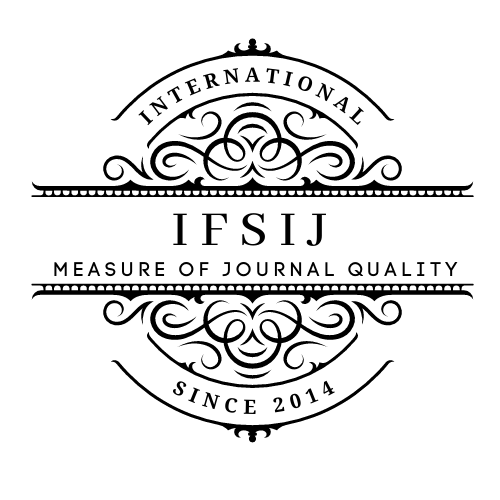CLINICAL AND MORPHOLOGICAL COURSE OF ADENOIDS IN CHILDREN WITH ALLERGIC DISEASES OF THE NASAL CAVITY AND NASOPHARYNX
Keywords:
lymphadenoid ring, adenoid growths, hypertrophy, pathogenetic mechanisms, immuno-regulatory function, respiratory allergies, anesthesia, organ-sparing treatment methods, allergy anamnesis, clinical and functional research, otoscopy, rhinoscopy, pharyngoscopy, laryngoscopy, laboratory research, cytological examination, microbiological (bacteriological) research.Abstract
The high prevalence of respiratory diseases in childhood is largely due to diseases of the lymphadenoid ring of the pharynx. In children of preschool and primary school age, the most common pathology is the pharyngeal tonsil, which accounts for about 50% of the structure of diseases of the ear, nose and throat. Adenoid growths cause a variety of local disorders; and of a general nature. In the structure of the pathology of the pharyngeal tonsil, the most common are its hypertrophy and chronic adenoiditis, which are based on different pathogenetic mechanisms, which requires a differential approach to the treatment of children with these diseases. The tonsils of the lymphadenoid pharyngeal ring are secondary, peripheral organs of the immune system with a unique structural organization and are currently considered as regional centers with immunoregulatory functions in relation to the controlled mucous membranes. Even in a state of hypertrophy or chronic inflammation, the pharyngeal tonsil retains its functional immune activity. In this regard, complete removal of the adenoids, which is a traditional method of treating hypertrophy of the pharyngeal tonsil, and in some cases chronic adenoiditis, can be regarded as a powerful immunosuppressive effect on the child’s body. The negative consequences of adenotomy include the development of chronic tonsillitis, chronic hypertrophic pharyngitis, and in some cases relapse of adenoids. You should approach adenotomy with caution in case of respiratory allergies, since surgical trauma can be a nonspecific trigger for the manifestation of bronchitis. In addition, surgery, usually performed without anesthesia, can have a negative impact on the psycho-emotional status of the child. All this dictates the need to search for new gentle methods of treating the pathology of the pharyngeal tonsil.
Downloads
Published
Issue
Section
License

This work is licensed under a Creative Commons Attribution-NonCommercial-NoDerivatives 4.0 International License.















